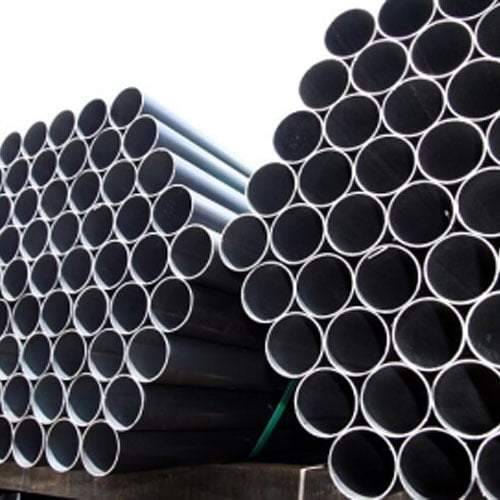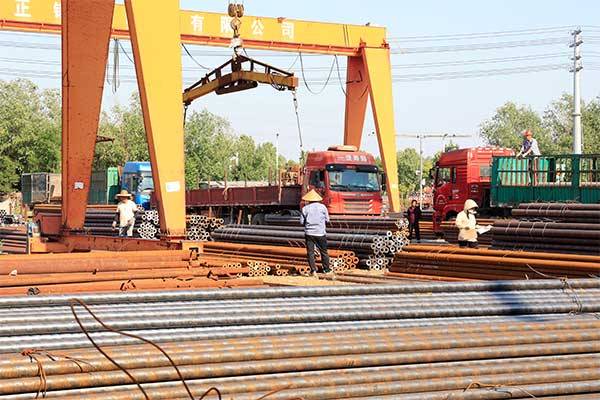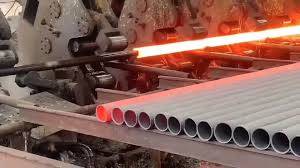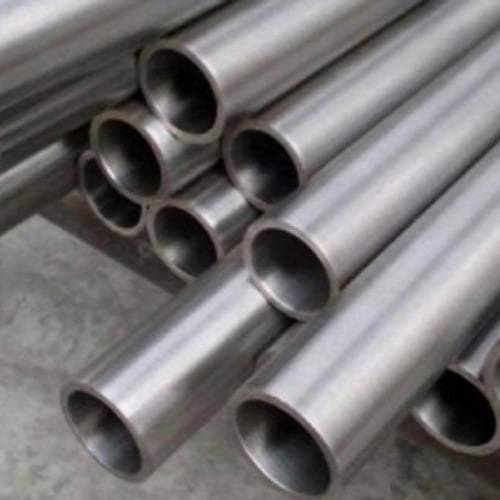Welcome to My Blog!
Before we dive into the content, I’d love for you to join me on my social media platforms where I share more insights, engage with the community, and post updates. Here’s how you can connect with me:
Facebook:https://www.facebook.com/profile.php?id=61559060896490
Now, let’s get started on our journey together. I hope you find the content here insightful, engaging, and valuable.
Introduction

Boiler tubes play a crucial role in the overall performance and energy efficiency of a boiler system. These tubes, which are integral to the heat exchange process, directly impact how effectively a boiler converts fuel into usable heat energy. Understanding the design and material considerations of boiler tubes can provide significant insights into improving energy efficiency, reducing operational costs, and enhancing the longevity of boiler systems. This article delves into the various aspects of boiler tube design and its direct impact on energy efficiency.
The Importance of Boiler Tube Design
Boiler tubes are essential components that transfer heat from the combustion gases to the water or steam inside the boiler. The design of these tubes, including their material, thickness, and arrangement, can significantly influence the heat transfer efficiency and overall energy consumption of a boiler. Here’s why the design of boiler tubes is so important:
- Heat Transfer Efficiency: The primary function of boiler tubes is to facilitate heat exchange. Efficient heat transfer reduces fuel consumption and lowers operating costs.
- Durability and Longevity: Properly designed tubes can withstand extreme temperatures and pressures, minimizing maintenance and extending the lifespan of the boiler.
- Operational Safety: Well-designed tubes reduce the risk of tube failures, which can lead to dangerous situations and costly downtimes.
Key Design Considerations for Boiler Tubes
Material Selection
The choice of material for boiler tubes is fundamental in determining their performance and durability. Common materials include carbon steel, alloy steel, and stainless steel. Each material offers different advantages and is suitable for various operating conditions.
- Carbon Steel: Cost-effective and suitable for low to moderate temperatures.
- Alloy Steel: Offers better resistance to higher temperatures and corrosive environments.
- Stainless Steel: Provides superior corrosion resistance and is ideal for high-temperature applications.
Material Properties for Boiler Tubes
| Material | Temperature Range | Corrosion Resistance | Cost |
|---|---|---|---|
| Carbon Steel | Up to 400°C | Low | Low |
| Alloy Steel | Up to 600°C | Moderate | Medium |
| Stainless Steel | Up to 800°C | High | High |
Tube Thickness
The thickness of boiler tubes influences their thermal conductivity and resistance to pressure. Thicker tubes generally provide better durability but can also affect heat transfer efficiency. The optimal thickness balances between strength and efficiency.
Tube Arrangement
The arrangement of tubes within the boiler affects the flow of gases and heat transfer efficiency. Common arrangements include vertical, horizontal, and spiral configurations. The choice of arrangement can influence the overall performance of the boiler system.
Common Tube Arrangements
| Arrangement | Heat Transfer Efficiency | Space Utilization | Maintenance Complexity |
|---|---|---|---|
| Vertical | High | Moderate | Low |
| Horizontal | Moderate | High | Moderate |
| Spiral | High | Low | High |
Surface Treatment
Surface treatments, such as coatings and linings, can enhance the performance of boiler tubes by improving their resistance to corrosion and scaling. Proper surface treatment is crucial for maintaining efficiency and extending the lifespan of the tubes.
Tube Diameter
The diameter of the boiler tubes affects the flow rate of steam or water and the overall heat transfer process. Larger diameters can accommodate higher flow rates but may require more space and structural support.
Heat Transfer Enhancement Techniques
Several techniques can be employed to enhance heat transfer in boiler tubes, including:
- Extended Surfaces: Fins or ribs added to the tubes can increase surface area for better heat exchange.
- Turbulent Flow Inducers: Devices that promote turbulent flow within the tubes to enhance heat transfer.
Thermal Conductivity
The thermal conductivity of the tube material affects how efficiently heat is transferred from the combustion gases to the boiler water. Higher thermal conductivity materials facilitate better heat transfer, thereby improving overall energy efficiency.
Impact of Boiler Tube Design on Energy Efficiency
The design of boiler tubes directly impacts the energy efficiency of the entire boiler system. Efficiently designed tubes ensure optimal heat transfer, reduced fuel consumption, and lower operational costs. Here’s a closer look at how specific design elements affect energy efficiency:
- Improved Heat Transfer: High-quality materials and effective surface treatments enhance heat transfer efficiency, leading to reduced fuel usage.
- Reduced Heat Loss: Properly designed tubes minimize heat loss through conduction and convection, contributing to overall energy savings.
- Enhanced Durability: Robust tube designs extend the lifespan of the boiler, reducing the frequency of replacements and associated costs.
- Lower Maintenance Costs: Well-designed tubes reduce the likelihood of failures and maintenance needs, which can otherwise impact energy efficiency.
Case Studies and Examples

High-Efficiency Power Plant
In a recent upgrade of a high-efficiency power plant, the replacement of standard boiler tubes with advanced alloy steel tubes resulted in a 10% increase in heat transfer efficiency. The new tubes, designed with enhanced surface treatments and optimal thickness, significantly reduced fuel consumption and operational costs.
Industrial Boiler Optimization
An industrial boiler system was optimized by redesigning the tube arrangement from horizontal to spiral. This change improved the heat transfer efficiency and reduced the overall footprint of the boiler, leading to a 15% reduction in energy consumption.
Conclusion
The design of boiler tubes plays a pivotal role in determining the energy efficiency of a boiler system. By carefully considering factors such as material selection, tube thickness, arrangement, surface treatment, diameter, and heat transfer techniques, one can significantly enhance the performance and efficiency of boilers. Investing in high-quality tube design not only improves energy efficiency but also extends the lifespan of the boiler and reduces operational costs.
Understanding these design principles is essential for engineers, plant managers, and maintenance professionals aiming to optimize their boiler systems. With advancements in technology and materials, the future of boiler tube design holds promising potential for further improvements in energy efficiency and sustainability.
FAQ
What materials are commonly used for boiler tubes?
Common materials include carbon steel, alloy steel, and stainless steel. Each material is chosen based on the operating conditions and required performance characteristics.
How does tube thickness affect energy efficiency?
Tube thickness influences thermal conductivity and resistance to pressure. The right thickness ensures efficient heat transfer while maintaining durability and safety.
What are the benefits of enhanced surface treatments for boiler tubes?
Enhanced surface treatments improve corrosion resistance, reduce scaling, and increase overall heat transfer efficiency, leading to better energy performance.
How does tube arrangement impact boiler performance?
Tube arrangement affects heat exchange efficiency and space utilization. Choosing the right arrangement can optimize heat transfer and improve overall boiler performance.
What is the significance of thermal conductivity in boiler tubes?
Thermal conductivity determines how efficiently heat is transferred from the combustion gases to the boiler water. Higher thermal conductivity materials improve heat transfer efficiency.




